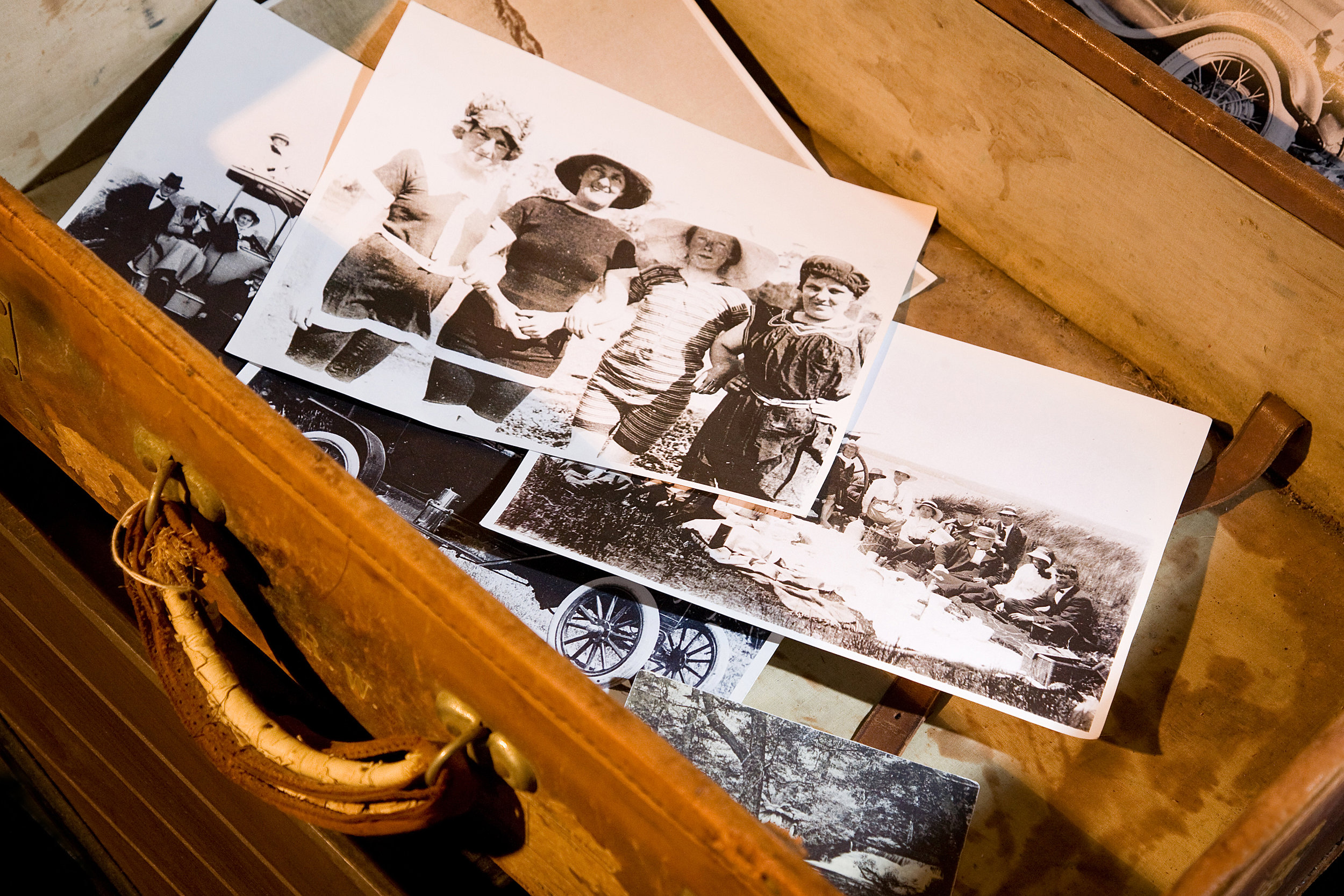
Beaconsfield Mine and heritage centre's History
In 1972 members of the local community formed the West Tamar Historical Committee, the aim of which was to preserve the rich history of Beaconsfield and the West Tamar region. In 1982 the Grubb Shaft engine house ruins in Beaconsfield were donated to the West Tamar Historical Committee by the neighbouring Beaconsfield Gold Mine. Subsequently, the Committee began the process of developing the ruins in to a tourist attraction to showcase and reflect the cultural and industrial heritage of the region.
By 1984 the Grubb Shaft Gold and Heritage Museum was officially open and in 1999 the West Tamar Historical Committee handed the management of the museum to the West Tamar Council.
In 2006, after a collapse in the adjoining Beaconsfield Gold Mine, the Museum was granted funds from the Federal Governments’ AusIndustry program. This funding facilitated major developments of the Museum resulting in increased floor space and the installation of new permanent exhibitions to enhance the visitor experience. In 2008 the name of the Museum was changed from the Grubb Shaft Gold & Heritage Museum to the Beaconsfield Mine & Heritage Centre.
The West Tamar Council currently employs one full time staff member and five part-time staff at the Heritage Centre, together with approximately 20 volunteers to assist with maintenance, tours, bookings and queries.
Today the Centre is a thriving tourist attraction with numbers exceeding 40,000 per year, attracting visitors from all over the world.
LEARN MORE ↓
⚙ Beaconsfield: the gold rush years
Gold was first discovered in Beaconsfield in 1847. However it was not until 1877, when brothers William and David Dally discovered the cap of a payable gold reef on the eastern slope of Cabbage Tree Hill, that the intensive mining of the area really began. This reef later became known as the famous Tasmania Reef. By October 1877 the Dally brothers had sold their claim on the Reef to Messrs. William D Grubb & William Hart for 15,000 pounds.
The surrounding town began its early life as ‘Brandy Creek’ because of the colour of the water in the creek where the gold was originally discovered. The growing civic consciousness led to the demand for a new name for the town and in March 1879 Brandy Creek was eponymously renamed Beaconsfield, after Lord Beaconsfield, (Benjamin Disraeli), then Prime Minister of England.
In 1903 an English company bought the Tasmanian Gold Mining and Quartz Crushing Company and formed the Tasmanian Gold Mining Company Ltd.
The Company began extracting ore laden with gold from two shafts adjacent to each other, the Grubb and Hart Shafts. As flooding of the Tasmania Mine had become such a huge problem, ongoing capital was required to purchase and operate suitable dewatering and pumping equipment, some of which were ground breaking feats of engineering for the time. In 1904 - 5 engine houses were built for the Grubb and Hart Shafts and a central boiler house. These buildings now house the Beaconsfield Mine & Heritage Centre.
The Beaconsfield Mine & Heritage Centre houses a vast array of family history material from the Tamar Valley and beyond. The centre is a fantastic resource for information, photos and history. Our staff are always looking for donations of information and relevant family history to add to our files for future generations.
A small charge may apply for some family history queries. Please refer to the fee schedule (below) for additional details. For further information regarding searches on our historical records, contact the curator at the Heritage Centre on 03 6383 1473.
Family History & Research Fee Schedule
COPYING (per side)
Photocopy (b&w): A4 = 30c, A3 = 60c
Photocopy (greyscale/colour): A4 = 80c, A3 = $1.00
PHOTO PRINT
(photocopy on photographic paper): A4 = $7.00 (per print)
Photo/s scanned and burned to CD: $10.00 (first photo), $5.00 (each thereafter)
RESEARCH
0-10 mins: no charge
Per 15 mins thereafter $5.00
Please note: If you are able to provide the Centre with new material for our records, a discount for the services listed above will be provided.
⚙ Family History
⚙ The Diprose Room (Tom Diprose)
Thomas Vernon Diprose (1918 - 2008) was born and lived all his life in Tasmania's North East. In the early 1950's Tom began searching the district for machinery left abandoned to rust at old saw mill sites, farms and mines. The machinery he found was often derelict, worn out or unworkable with parts missing.
Tom would spend many hours restoring the old steam engines, motor saws and machinery both portable and stationary. Often he would use parts of two or three engines to build one workable engine or boiler.
Tom's knowledge of engines from yesteryear was remarkable. His hope was that everything he had collected and/or restored to working condition would remain part of Tasmania's industrial heritage.
Today a significant part of the steam collection in the Beaconsfield Mine & Heritage Centre is on loan from the Diprose Family and much of the collection is in working condition.
Beaconsfield is famous for the gold that lies below its surface, but the real riches of Beaconsfield are more valuable than gold. These riches are the people who build the community.
The Walk of Gold will introduce you to the history of Beaconsfield through stories about the town’s buildings and some of its people.
Starting outside the Beaconsfield Mine and Heritage Centre, the Walk of Gold interprets 15 buildings, showcased on panels using photos and stories from previous eras circa 1800s and 1900s.
Located along West and Weld Streets, Beaconsfield it is a 1.8km round trip, taking a leisurely 40-50 minutes to complete.
